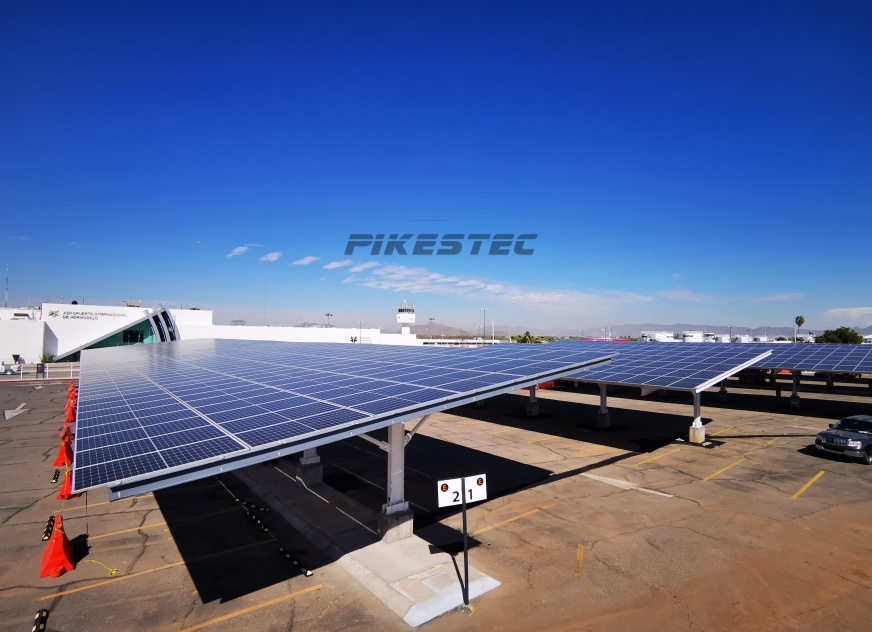Solar Cell Product Characteristics:
- Suitable for Distribution Market. A solar cell suitable for the distribution market typically possesses specific characteristics and features that cater to the needs of distributors, installers, and end-users.The solar cell should offer competitive pricing per watt or per unit area, allowing distributors to offer attractive pricing to their customers. Cost-effectiveness is crucial for market penetration and competitiveness.It should be robust and reliable, capable of withstanding various environmental conditions over its operational lifespan. This includes resistance to moisture, temperature fluctuations, and mechanical stress.The solar cell should be easy to handle and install, with clear installation instructions and compatibility with standard mounting systems. This reduces installation time and labor costs for distributors and installers. It should be suitable for a wide range of applications, including residential, commercial, and industrial installations. Versatility allows distributors to cater to diverse customer needs and preferences. The solar cell should meet industry standards and certifications for performance, safety, and reliability. Compliance with these standards ensures quality and instills confidence in distributors and end-users.
- A solar cell with a simple design that embodies modern style typically emphasizes both functionality and aesthetic appeal.The solar cell would feature a clean and minimalist design, focusing on simplicity and sleek lines. This design approach enhances its visual appeal, making it blend harmoniously with modern architectural styles.The solar cell could have a slim and lightweight profile, reducing its visual bulkiness and making it visually appealing when integrated into rooftops or building facades. A uniform color scheme and finish contribute to a contemporary look. This could involve matte or glossy surfaces, often in neutral colors like black, dark blue, or silver, to complement different building designs.The design should facilitate seamless integration into various building structures, such as rooftop installations or building-integrated photovoltaics (BIPV). This integration capability enhances its aesthetic appeal by appearing as a natural part of the architecture. Concealed mounting hardware or frameless designs can further enhance the modern aesthetic by eliminating visible screws or brackets that disrupt the clean lines of the solar panel.
- When referring to a solar cell with the highest efficiency and best energy generation performance, several key characteristics and considerations come into play.
- Efficiency: This is the primary measure of how effectively a solar cell converts sunlight into electricity. Higher efficiency cells generate more electricity per unit area of solar panels.
- Technology Type: Different types of solar cell technologies exist, each with varying efficiencies. Monocrystalline silicon cells generally offer higher efficiencies compared to polycrystalline or thin-film technologies.
- Conversion Efficiency: This indicates the percentage of sunlight that a solar cell converts into electricity. State-of-the-art solar cells can achieve efficiencies exceeding 20%, with some laboratory prototypes reaching 25% or more.
- Temperature Coefficient: A lower temperature coefficient means the solar cell’s efficiency decreases less with rising temperatures, which is crucial for maintaining high performance in hot climates.
- Power Output: The maximum power output of a solar cell is measured in watts (W). Cells with high efficiency typically produce more power under standard test conditions (STC).
- When considering a solar cell with better product warranty and service, several factors contribute to ensuring customer satisfaction and confidence in the product.
After-sales service:
- 15-year Warranty for Materials and Processing
- 25-year Warranty for Extra Linear Power Output







